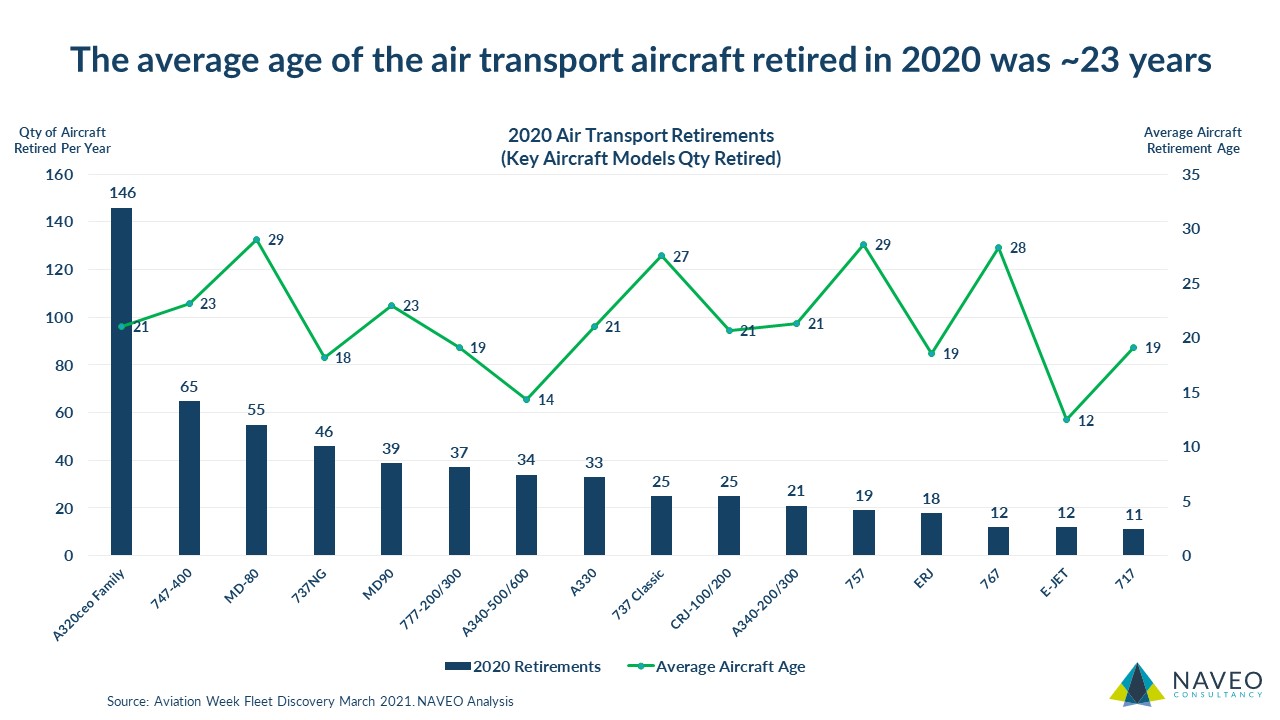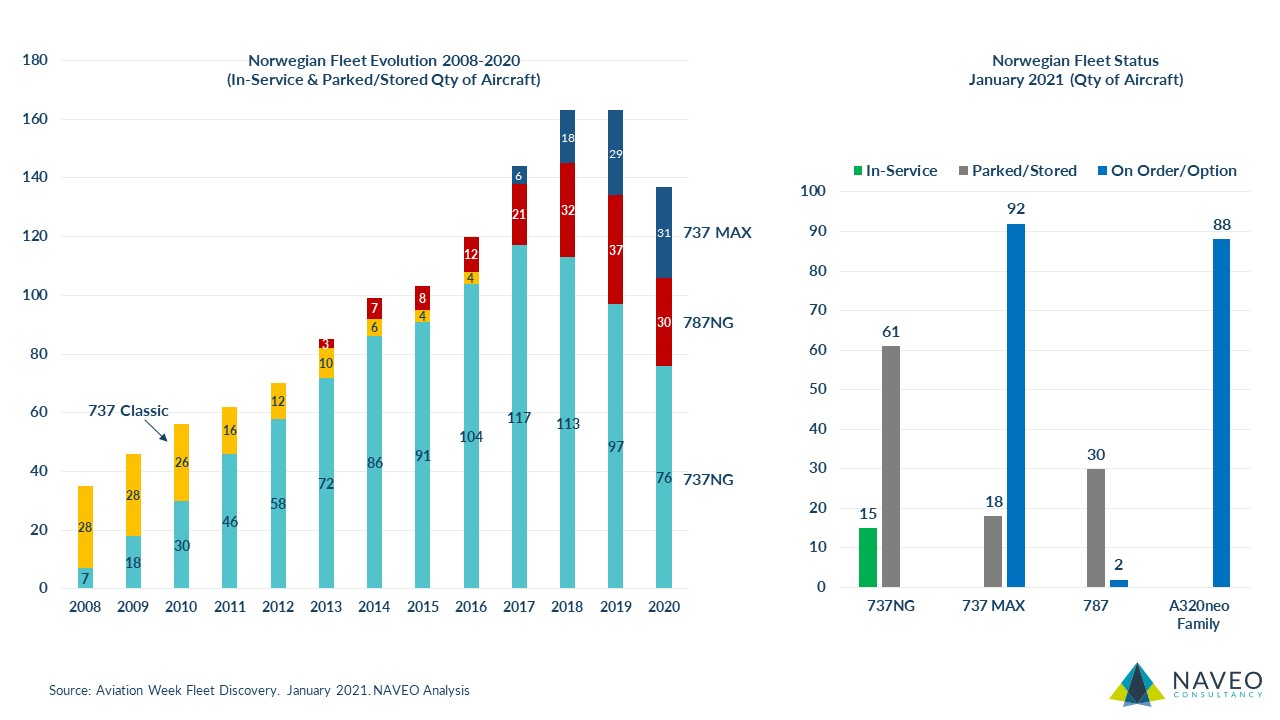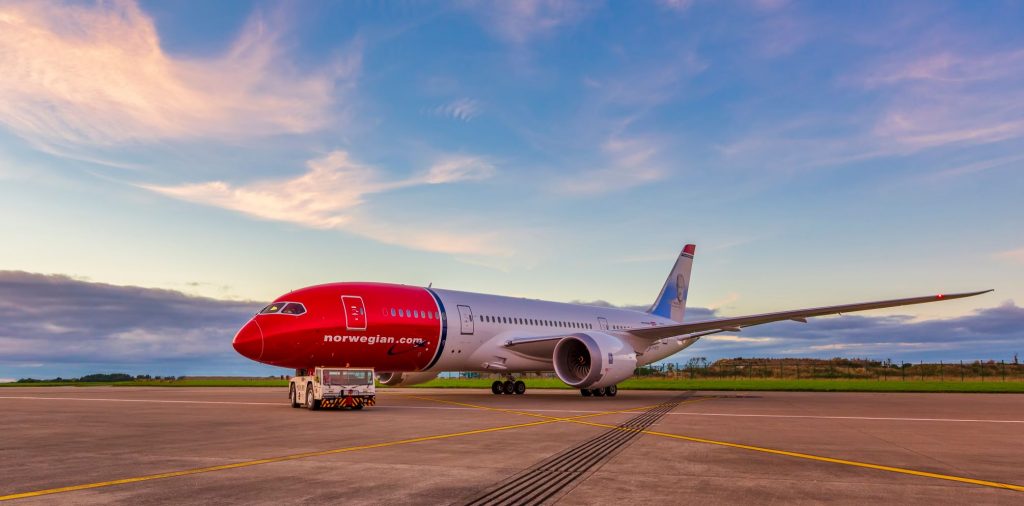So, how many air transport aircraft retired in 2020? Thousands? Nope. 2020 did not yield the thousands of retirements that had been feared. Though the final tally will be subject to revision in the coming months, so far, ~681 aircraft retired in 2020. Some aircraft shown as parked/stored will likely already have been retired.
This was similar to 2019 and above the 20 year average of ~620 retirements per year. As a % of the active fleet, retirements have typically hovered between 1.7% and 3.4%. The average has been 2.5%. The rate in 2020 was 3.1%. Retirements will increase further in the coming years.
In 2020, the average retirement age was ~23 years. There were, of course, exceptions to this, and many of the aircraft retired had a long and successful life with airlines and were already due for retirement (e.g., MD80s, 744s). The A320ceo saw ~146 retirements with an average retirement age of 21years. The 737NG saw 46 retirements and an average retirement age of 18 years. The Embraer E-Jet saw ~12 aircraft retire with a low average age of just 12 years. The A340-500/600, a victim of the preference for more fuel-efficient twin-engine aircraft, saw 34 aircraft retire with an average age of just 14 years.


